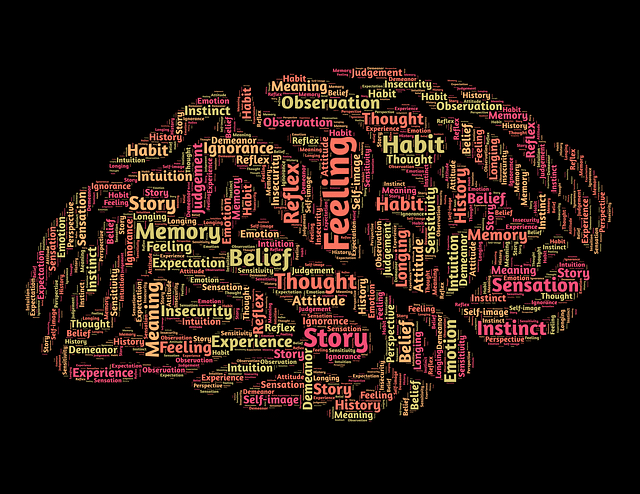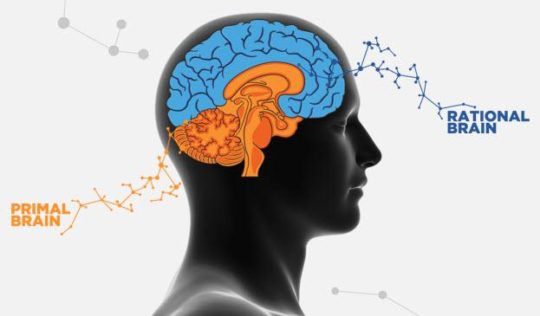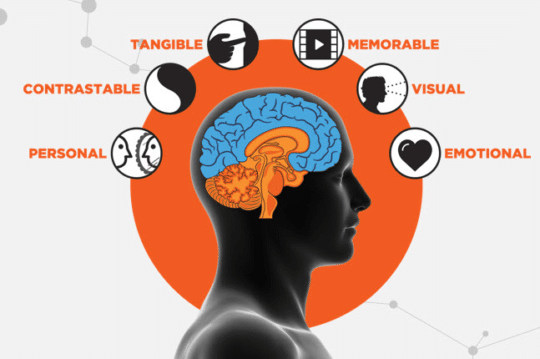What Effect Does Persuasion Have on Your Messages?
It’s hard to imagine the billions of dollars are wasted on ads that don’t grab attention or motivate people to act? We have always tried to influence others, with advertising being the modern persuasion method.
Many theories have been developed about the effect persuasion has on our brains and decision making. We will examine some of the most current data about persuasion science and how it affects your business in this article.
How Effective are Persuasion Messages?
The effectiveness of persuasive messages on the brain has been thoroughly researched for many years. Every day you participate in or create persuasive arguments that you hope will change people’s views, or convince them to buy a product or solution that will change their lives.
Few of these messages will actually grab people’s attention, change their perceptions and cause them to act. Persuasion ia a game which is often a waste of time and money.
How Our Brains React to Ads Predicts their Impact
If you further investigate why people like or dislike your messages, you will not get closer to the truth of why some messages work and others don’t. Only measuring brain responses to ads can shed light on how your unconcious brain reacts to sales messages and predict the impact they have on the brain.
Persuasion science is a new field that can finally provide scientific answers to questions that have puzzled advertisers, marketers, academics and researchers for many years. But while measuring brain responses has become relatively easier and affordable, the real challenge is to make sense of the gigabytes of data generated by millisecond recordings of brain waves, eye fixations, facial expressions and skin moisture.

After decades of research and practice in the field of persuasion science, which is also known as neuromarketing or consumer neuroscience some progress has finally been made. Researchers have developed a persuasion theory that helps construct and deliver convincing product claims to your intended audience.
Persuasion Theory is Based on Brain Science
There are many persuasion theories that have been debated for hundreds of years. Few of these theories are anchored in what actually happens in the brain when people receive a message, understand the appeal, feel emotions related to the message and trigger a decision.
New answers have emerged to help us understand how ads can either influence us or be disregarded within just a few seconds.
How do Persuasive Messages Relate to the Brain
We have learned a lot about the relationship between persuasive messages and the brain. It is now understood that the nervous system has two major systems, with one dominating the processing of these messages and it is not the one you would suspect does.

The Primal Brain: This is the older brain system and is composed of brain structures that are designed to make you safe. The Primal brain controls your attention and emotional resources addressing your survival-related priorities below your level of consciousness. You could think of it as the BIOS of your mind, a set of basic instructions that control how your computer receives input and output. The Primal dominates the processing of all persuasive messages!
The Rational Brain: This is the more recently developed and more evolved part of the brain. You should think of it as the latest version of Windows or Mac OS for your brain. The Rational brain acts like a suite of enhanced applications that you can learn, change or upgrade during your lifetime. This part of your brain helps you regulate some of the responses of the Primal brain.
Persuasion Science is Based on the Dominance of the Primal Brain
Because of the dominance of the primal brain in unconcious thought responses, it’s often said that persuasion is an effect which works from the bottom-up. If you want to optimize your chances of getting results from your ads, you need to first and foremost make your messages friendly to the Primal brain. How can you acheive this? To be effective your messages need to use the 6 persuasion factors that trigger instant Primal brain responses.

Make your message PERSONAL: You have to think of the Primal brain as the center of ME. It has no patience or empathy for anything that does not immediately concern its well-being. It scans for threats before it attends to pleasure. Vigilance drives the speed and nature of its response.
Make your arguments CONTRASTABLE: The Primal brain is sensitive to solid contrast such as before/after, risky/safe, with/without, and slow/fast. Contrast allows quick, risk-free decisions. Without contrast, the brain enters a state of confusion, which delays a decision, or worse, stalls a decision altogether.
Make your proofs TANGIBLE: The Primal brain needs tangible input. It is constantly looking for what is familiar and friendly; what can be recognized quickly, what is concrete and immutable. The Primal brain cannot process complexity without a lot of effort and skepticism. It appreciates simple, easy-to-grasp, concrete ideas.
Make your story MEMORABLE: The Primal brain remembers little. Placing the most important content at the beginning is a must, and repeating it at the end is imperative. Keep in mind that what you say in the middle of your delivery should be brief and convincing. Don’t go over 3 convincing arguments: your CLAIMS. The Primal brain loves stories because a good narrative construction is easy to remember.
Make your points VISUAL: The Primal brain’s default sensory channel is visual. The optical nerve is physically connected to the Primal brain and at least 25 times faster than the auditory nerve. Therefore, the visual channel provides a fast and effective connection to accelerate decisions. No other sense is more dominant than the visual sense. It is the superhighway of your messages.
Make your impact EMOTIONAL: The Primal brain is strongly triggered by emotions. Emotions create chemical events in your brain that directly impact the way you process and memorize information. In fact, you simply can’t remember events unless you strong “emotional cocktail.” No emotion, no decisions!






